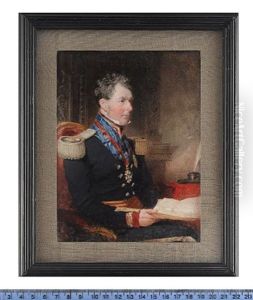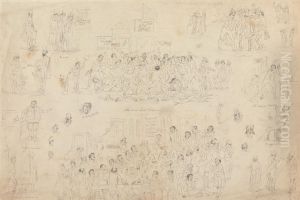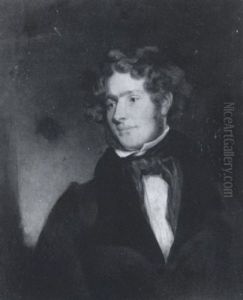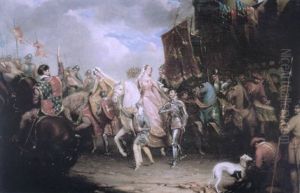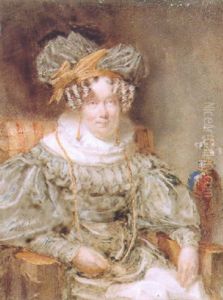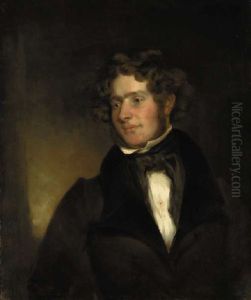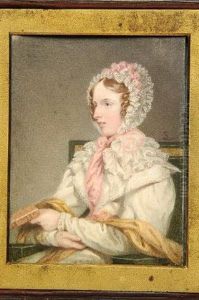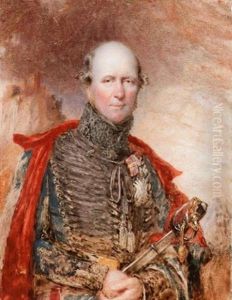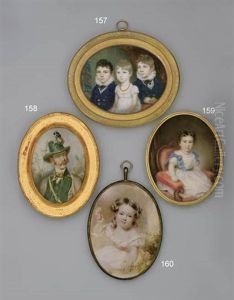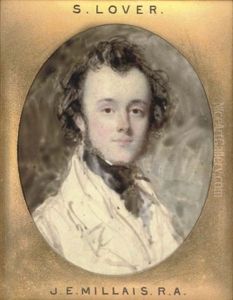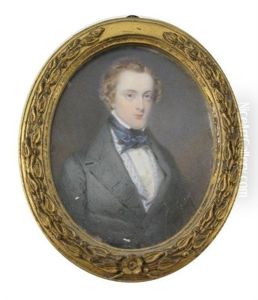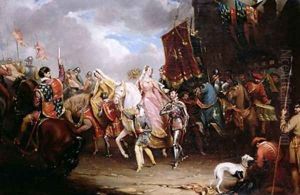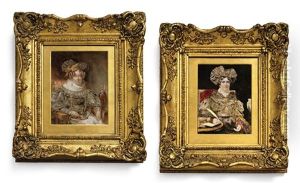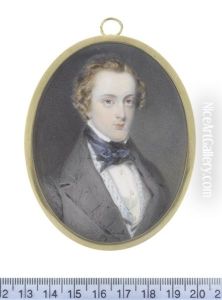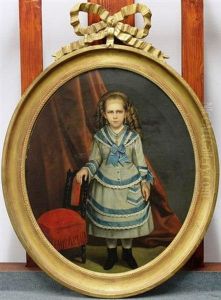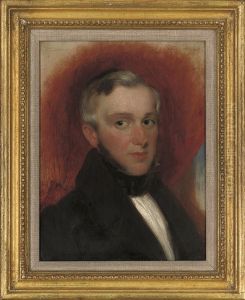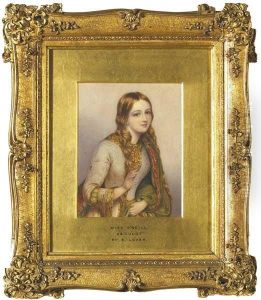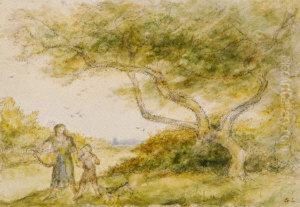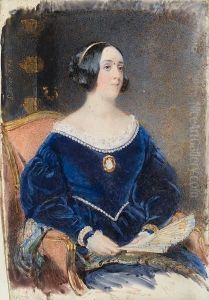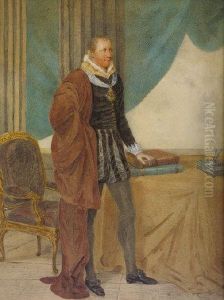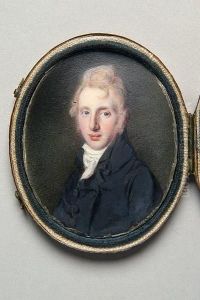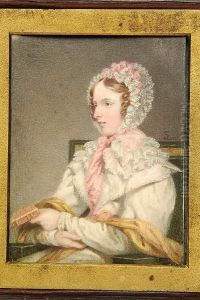Samuel Lover Paintings
Samuel Lover was an Irish songwriter, composer, novelist, and painter, born on February 24, 1797, in Dublin, Ireland. Lover’s contributions to both the literary and artistic worlds were marked by his deep engagement with Irish culture and folklore, which he adeptly blended with his diverse talents. He was a man of many parts: a versatile artist who not only painted miniatures but also wrote and composed music, making a significant impact on the Irish cultural landscape of the 19th century.
Lover began his career as a painter of miniatures and landscapes, exhibiting his works at the Royal Hibernian Academy from 1826 to 1830. His artistic talents were diverse; however, he is perhaps better remembered for his literary and musical contributions. Lover’s transition from painting to writing and music did not diminish his passion for Irish culture; instead, it provided a new medium through which to express it. He gained widespread acclaim for his songs, many of which, like 'Rory O’More' and 'The Angel’s Whisper,' became deeply embedded in the Irish folk tradition.
In addition to his songs, Samuel Lover was a prolific writer. He published several novels, with 'Rory O’More' (1837) being among the most famous. This novel, which he later adapted into a successful play, is characteristic of his work, combining humor with pathos and offering insight into Irish life and character. His other notable works include 'Handy Andy' (1842), a comic novel that remains a classic of Irish literature for its depiction of the cunning and clever servant, Andy Rooney. Lover’s literary output reflects his keen observational skills and his ability to portray the intricacies of human nature and society with both wit and sensitivity.
Beyond his novels and songs, Lover also contributed to the periodical literature of his time, founding the short-lived but influential 'Dublin University Magazine.' He moved to London in the 1830s, where he became part of the literary and artistic circles, further establishing his reputation as a multi-talented artist. In the later years of his life, Lover also performed as a storyteller and singer, touring the United States and Britain, where his performances were met with enthusiasm for their charm and authenticity.
Samuel Lover passed away on July 6, 1868, in Saint Helier, Jersey. His legacy is that of a Renaissance man of the Irish Romantic period, whose diverse body of work continues to be celebrated for its contribution to the cultural and artistic heritage of Ireland. Lover’s ability to capture the spirit of Irish life, coupled with his versatile talents, makes him a unique figure in the annals of Irish art and literature.
